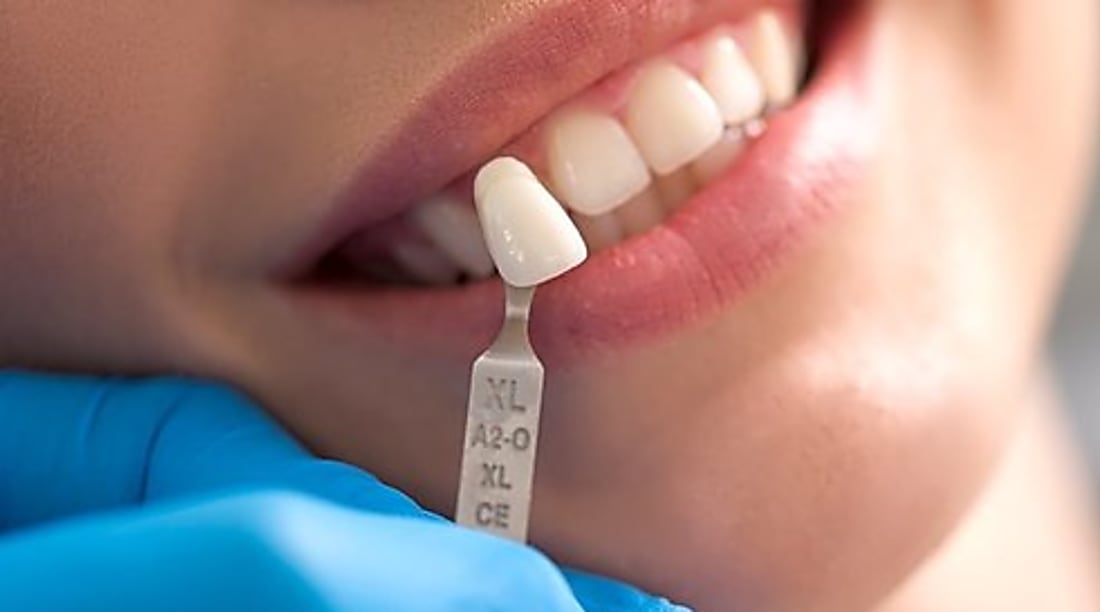Parkinson’s Disease: Symptoms, Risk Factors, and Treatment Approaches
Parkinson’s disease is a neurological disorder that can affect movement, balance, and daily routines. This article reviews common symptoms, possible risk factors, and treatment options that doctors may recommend to help individuals manage their condition and improve quality of life.

Parkinson’s disease develops gradually, often beginning with subtle changes that may go unnoticed for months or even years. As the condition progresses, it affects the nervous system and the parts of the brain responsible for controlling movement. While there is currently no cure, advances in medical research have led to a variety of treatment strategies that can help manage symptoms and improve quality of life. Recognizing the signs early and understanding the underlying risk factors are essential steps in seeking timely medical care and support.
What Are the Common Parkinson’s Disease Symptoms?
Parkinson’s disease symptoms typically emerge slowly and vary from person to person. The most recognizable signs include tremors, which often begin in one hand or finger, and bradykinesia, a slowing of movement that makes everyday tasks more difficult. Muscle stiffness can occur in any part of the body, limiting range of motion and causing discomfort. Postural instability and balance problems may develop as the disease progresses, increasing the risk of falls. Non-motor symptoms are also common and can include sleep disturbances, depression, anxiety, cognitive changes, and a reduced sense of smell. Some individuals experience fatigue, constipation, or difficulty swallowing. These symptoms can significantly impact daily functioning, making early detection and intervention important for maintaining independence and well-being.
Who Is at Risk for Parkinson’s Disease?
Several risk factors for Parkinson’s have been identified through extensive research, though the exact cause remains unclear. Age is the most significant factor, with most cases diagnosed in individuals over 60. Men are slightly more likely to develop the condition than women. Genetics play a role in some cases, particularly when there is a family history of the disease, though hereditary forms are relatively rare. Environmental exposures, such as prolonged contact with certain pesticides, herbicides, or industrial chemicals, have been linked to increased risk. Head injuries and repeated trauma to the brain may also contribute. Interestingly, some studies suggest that regular caffeine consumption and physical activity may offer protective effects, though more research is needed to confirm these associations.
How Is Parkinson’s Diagnosis Conducted?
Parkinson’s diagnosis is primarily clinical, meaning it relies on a thorough medical history, symptom evaluation, and physical examination by a neurologist or movement disorder specialist. There is no single definitive test for Parkinson’s disease. Doctors assess motor symptoms such as tremor, rigidity, bradykinesia, and postural instability. They may also evaluate response to medications like levodopa, as a positive reaction can support the diagnosis. Imaging tests such as MRI or CT scans are sometimes used to rule out other conditions that mimic Parkinson’s, including stroke, brain tumors, or normal pressure hydrocephalus. Specialized scans like DaTscan, which measures dopamine transporter levels in the brain, can help differentiate Parkinson’s from other movement disorders. Early and accurate diagnosis is crucial for developing an effective treatment plan and accessing appropriate care.
What Are the Available Parkinson’s Treatment Options?
Parkinson’s treatment options focus on managing symptoms and improving quality of life, as there is currently no cure. Medications are the cornerstone of treatment, with levodopa being the most effective drug for controlling motor symptoms. It is often combined with carbidopa to enhance its effectiveness and reduce side effects. Dopamine agonists, MAO-B inhibitors, and COMT inhibitors are other classes of medications used to manage symptoms. For individuals who experience motor fluctuations or dyskinesias despite medication, deep brain stimulation (DBS) may be recommended. This surgical procedure involves implanting electrodes in specific areas of the brain to regulate abnormal signals. Physical therapy, occupational therapy, and speech therapy play vital roles in maintaining mobility, independence, and communication skills. Lifestyle modifications, including regular exercise, a balanced diet, and adequate sleep, can also support overall health and symptom management. Emerging therapies, such as focused ultrasound and gene therapy, are being investigated in clinical trials and may offer additional options in the future.
Can Lifestyle Changes Support Parkinson’s Management?
Lifestyle changes are an important component of comprehensive Parkinson’s care. Regular physical activity, including aerobic exercise, strength training, and flexibility exercises, can help maintain mobility, balance, and muscle function. Activities such as tai chi, yoga, and dance have been shown to be particularly beneficial. A nutritious diet rich in fruits, vegetables, whole grains, and lean proteins supports overall health and may help manage some non-motor symptoms like constipation. Staying hydrated and limiting processed foods can also be helpful. Social engagement and mental stimulation, such as participating in hobbies, support groups, or cognitive exercises, can improve mood and cognitive function. Adequate rest and good sleep hygiene are essential, as sleep disturbances are common in Parkinson’s disease. Working closely with a multidisciplinary healthcare team ensures that all aspects of the condition are addressed.
Conclusion
Parkinson’s disease is a complex neurological condition that requires a comprehensive and individualized approach to care. By recognizing the symptoms early, understanding the risk factors, and exploring the full range of treatment options, patients and their families can take proactive steps toward managing the disease. While Parkinson’s presents significant challenges, ongoing research and advances in medical care continue to offer hope for improved outcomes and quality of life. Consulting with qualified healthcare professionals and staying informed about the latest developments in treatment can make a meaningful difference in navigating this condition.
This article is for informational purposes only and should not be considered medical advice. Please consult a qualified healthcare professional for personalized guidance and treatment.




